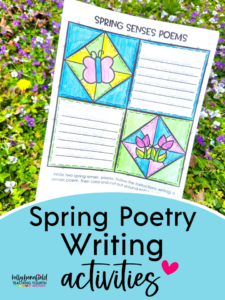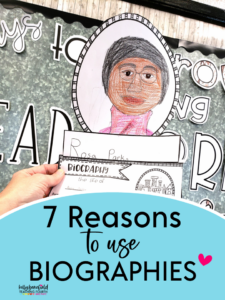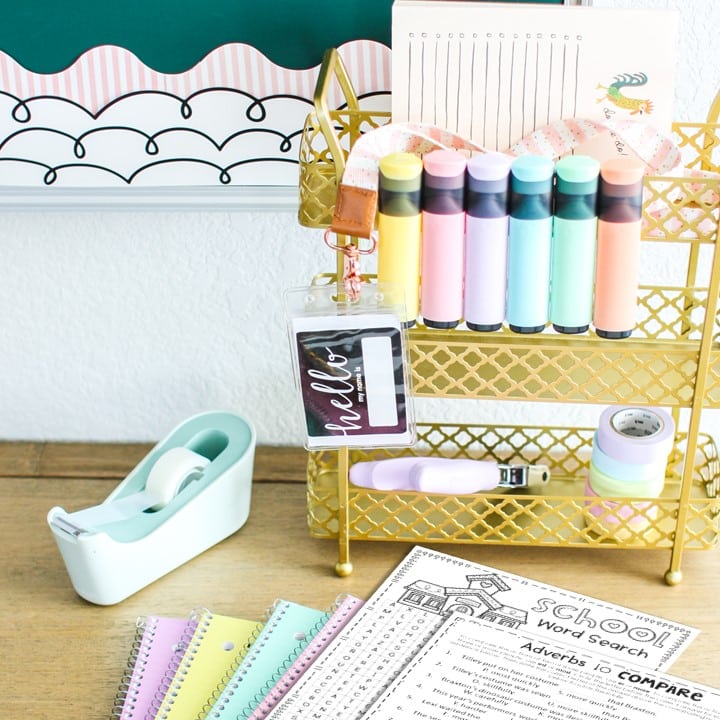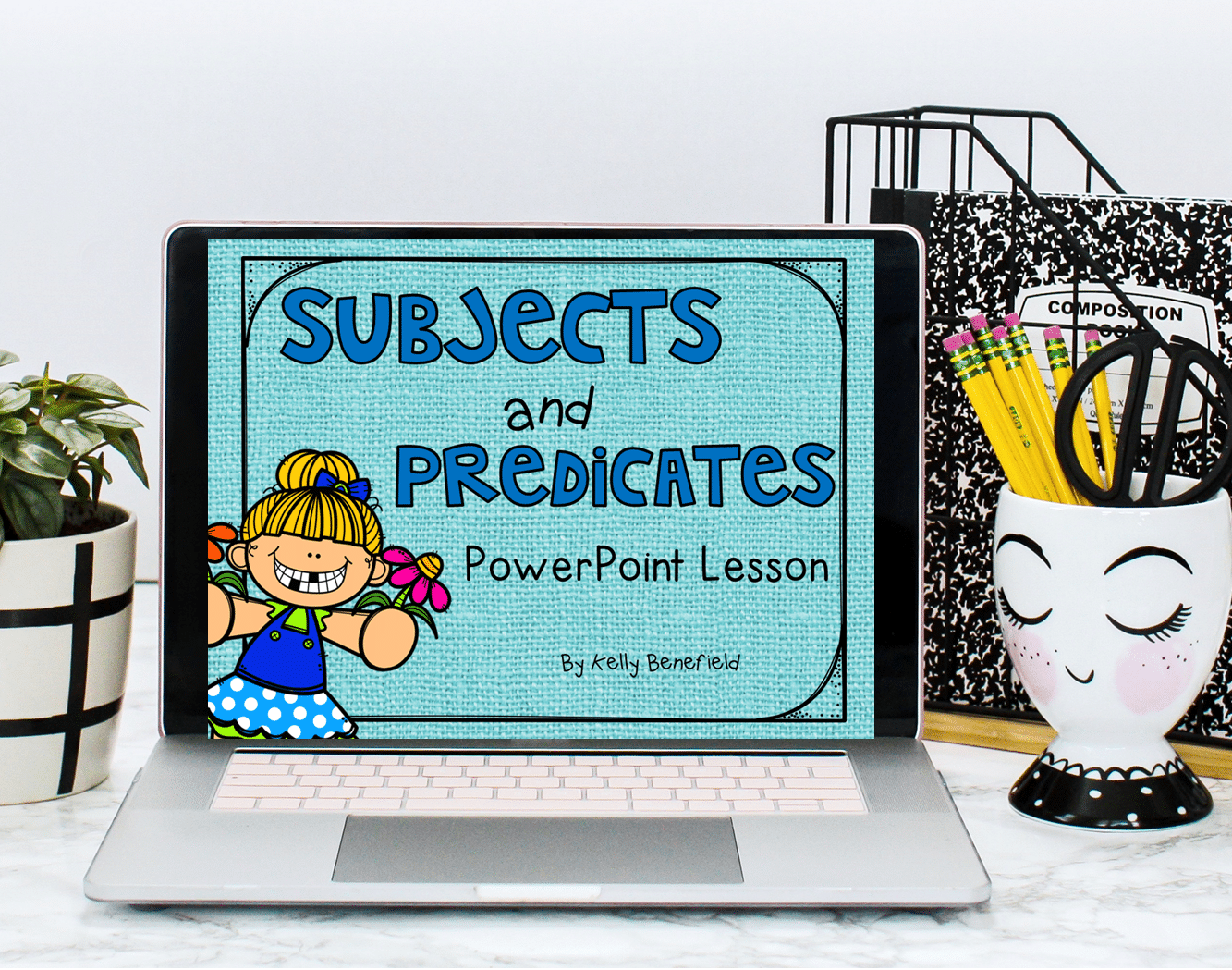
Writing poetry in upper elementary can be a lot of fun for your students. Here are 10 great tips for teaching haiku poetry in upper elementary.
Haiku poems are a great type of poetry to teach students to write, but you may be wondering how to teach haiku to fourth or fifth graders. Although these short poems seem super simple, there are a few things to keep in mind and encourage students to include in their poems.
What is Haiku Poetry?
Haiku is a traditional Japanese poem made up of 3 short lines that do not rhyme.
10 Tips for Teaching Haiku Poetry
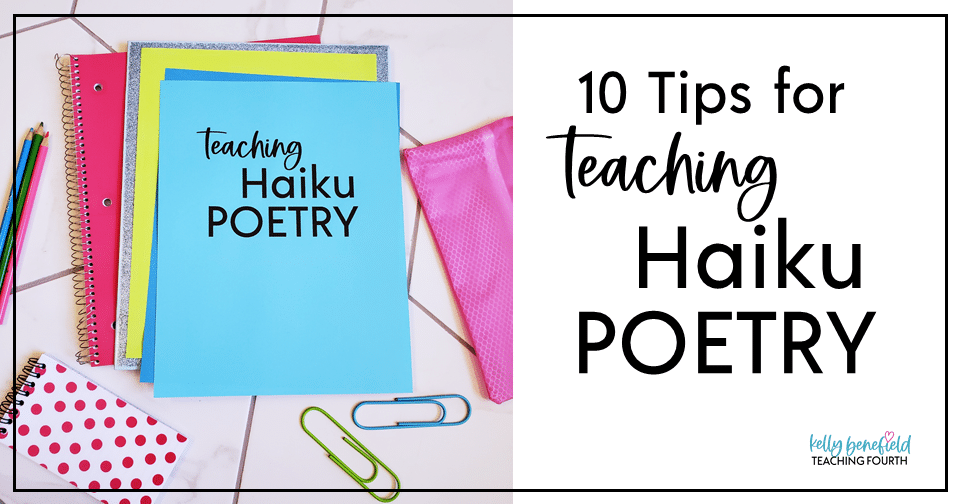
1. Haiku Poetry Form
- 3 lines
- five syllables in the first line
- seven syllables in the second line
- five syllables in the third line
Tips: Make sure your students are counting syllables and not words. My favorite way for students to count syllables is to count each time their chin drops when reading a line. We usually practice together with several poems before students begin writing their own.
2. Haiku is Usually About Nature
- Traditionally, haiku poems are about something in nature, but they don’t have to be. A haiku poem often gives the reader a new way to look at things in nature.
3. Reference to Seasons
- Haiku poems often include a word that gives a clue to the season being described
- This could be the name of the season (winter, spring).
- It could be just a hint to the season such as “tiny buds” or “gentle snowflakes.”
4. Sensory Images
- Haiku poems often contain sensory images.
- These images are not only sight but may include other senses such as sound or touch.
5. Include a Comparison to Help Express Mood or Emotion
Giant moon against a midnight black sky. Shining glow like a beacon light. Kelly Benefield
6. Try Using Personification
- Personification is giving an animal or an object human characteristics. For your advanced writers, encourage them to try using personification in their haiku.
7. Present Tense
- Haiku poems are always written in the present tense. No “ed” needed.
8. Everyday Language
- Haiku poems generally use common words and everyday language.
- No fancy vocabulary words are required.
9. Go Outside for Inspiration
- Take your students on a walk around your school campus to search for inspiration for topics for haiku poetry.
- Be sure to stop around flowers, trees, and shrubbery.
- If your campus has an outdoor classroom, a teaching garden, or an outdoor learning lab, this would be a great place to explore ideas for inspiration for topics for haiku poems.
10. Click Below for Poetry Writing Year-Around
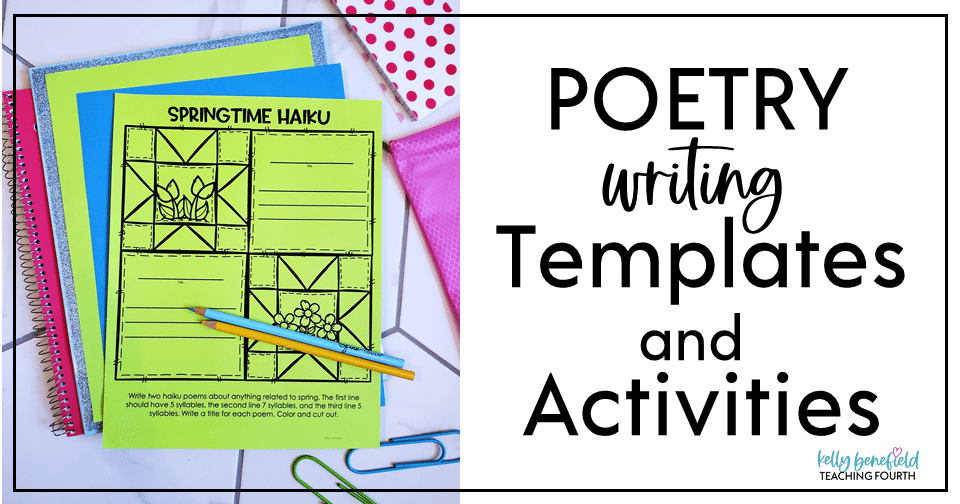
- Writing poetry does not have to be only in the spring. Encourage your students to write all year long.
- Using this year-long Poetry Bundle will allow your students to write haiku poems along with other types of poems for the entire school year.
- Students will love the fun templates. Sample poems are also included to help inspire your students.
- Make poetry writing easy with this fun packet.
Want even more tips for teaching haiku poetry?
Check out my blog post HERE for even more fun ideas for haiku poetry writing.

